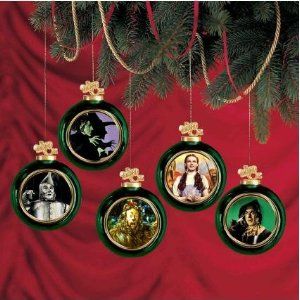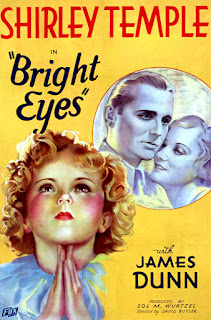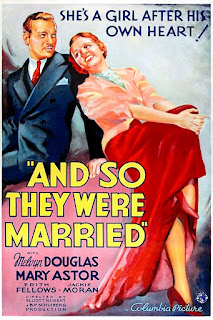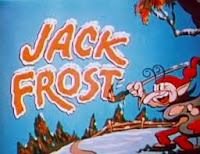Mystery of the Wax Museum (1933)
.jpg)
I paused this movie about three-fourths of the way through, checked the time stamp, and pumped my fists in the air as I confirmed it qualified under our guidelines as a holiday movie. In case that reaction wasn't clear enough, Mystery of the Wax Museum is getting a recommendation, which means it also gets a spoiler warning. I don't think knowing details about the premise, characters, or plot will significantly undermine the experience in this case, but - just in case - if you're a fan of movies from this era, horror/comedy/adventure hybrids, or really movies in general, this one's a blast. It's also an absolutely gorgeous film that will challenge most viewers' assumptions of what movies from the early '30s looked like. Utilizing the now largely forgotten two-color Technicolor process, the film is both beautiful and eerie. The color, coupled with clever lighting and set design, creates a world that's unreal, evoking the feel of looking at a wax sculpture


.jpg)
.jpg)

.jpg)
.jpg)
.jpg)





